
Microscopic Life All three Domains include microscopic organisms

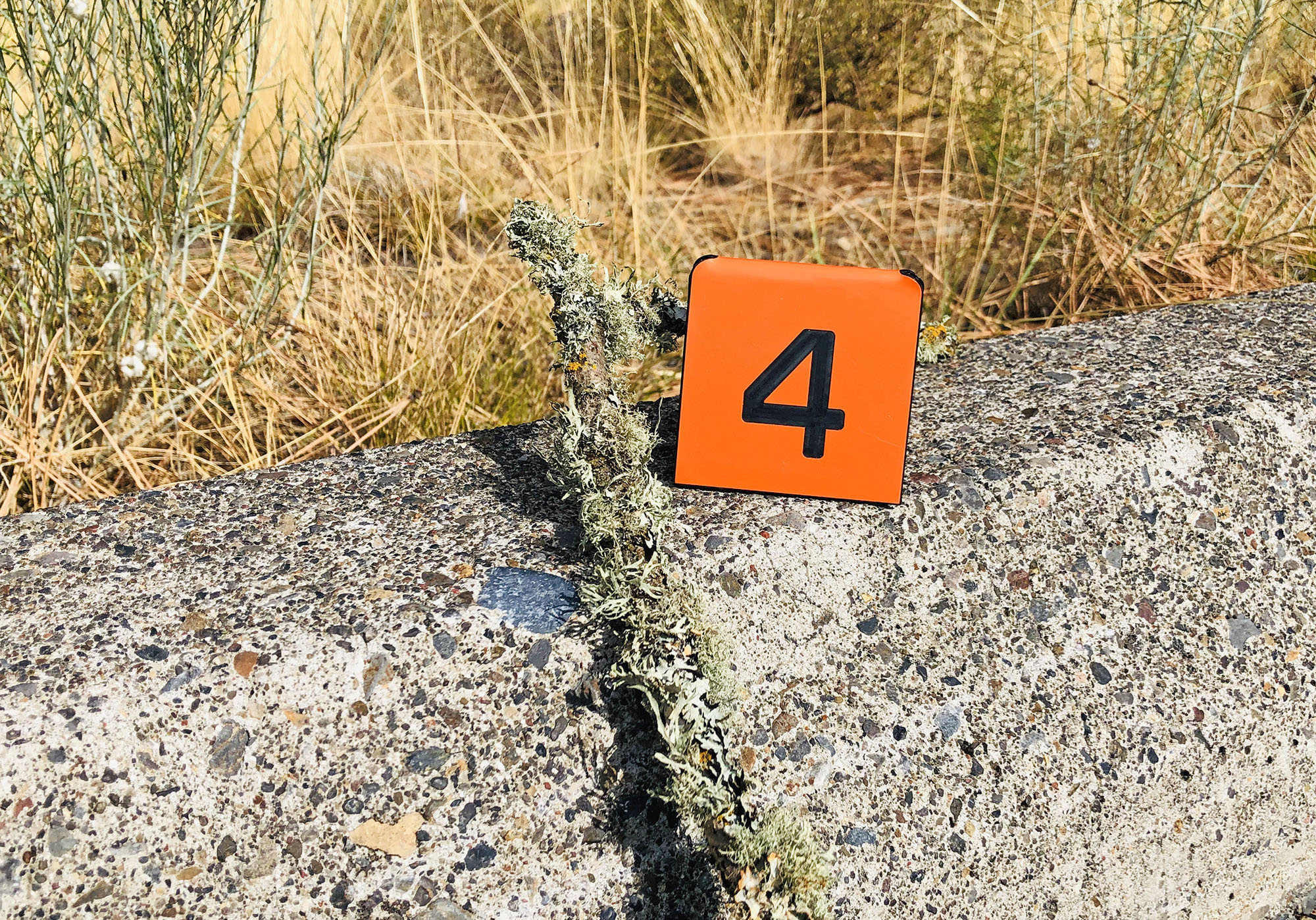
Science Discovery Objectives
- Revisit Domains and Kingdoms, and relate them to microscopic organisms.
- Describe the roles of the mycosymbiont and photosymbionts in lichens.
- Identify three different growth forms of lichens.
Nothing captures the imagination like finding a new world populated by organisms. This video introduces the wonder of microscopic life.
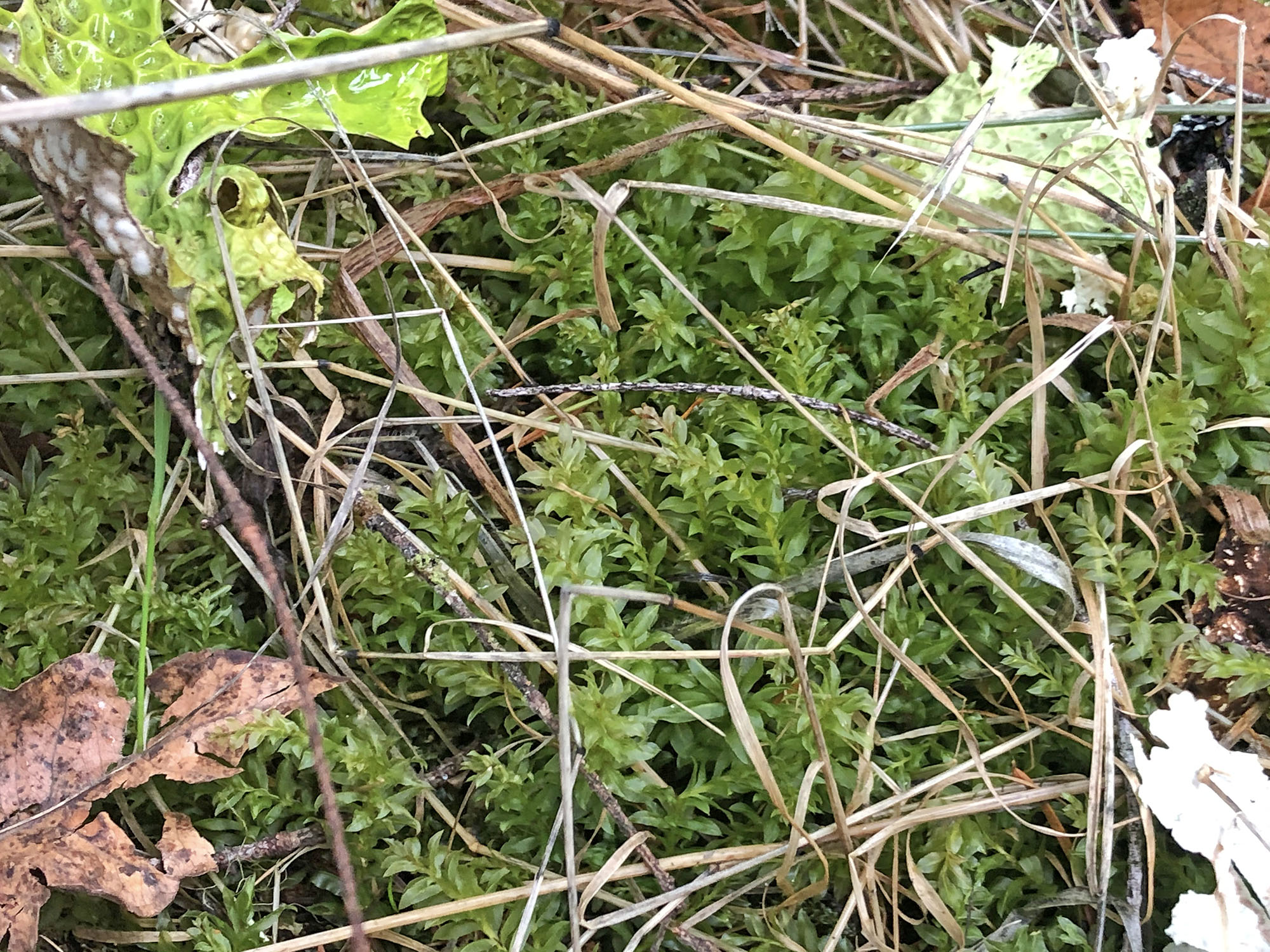
From the Identification section of the previous guide:
Besides Domain Eukaryota (sometimes called Domain Eukarya), what are the other two Domains of life?
What are the four Kingdoms in Domain Eukaryota?
Moss are classified in Domain ___ and Kingdom ___.
If you answered all of them, you are correct! Some organisms are microscopic in part of their life cycle but many species are completely microscopic.
Individual organisms in Domains Bacteria and Archaea are microscopic.
There are some microscopic species in each of the Kingdoms in Domain Eukaryota.

Most Protist species are microscopic, including algae.
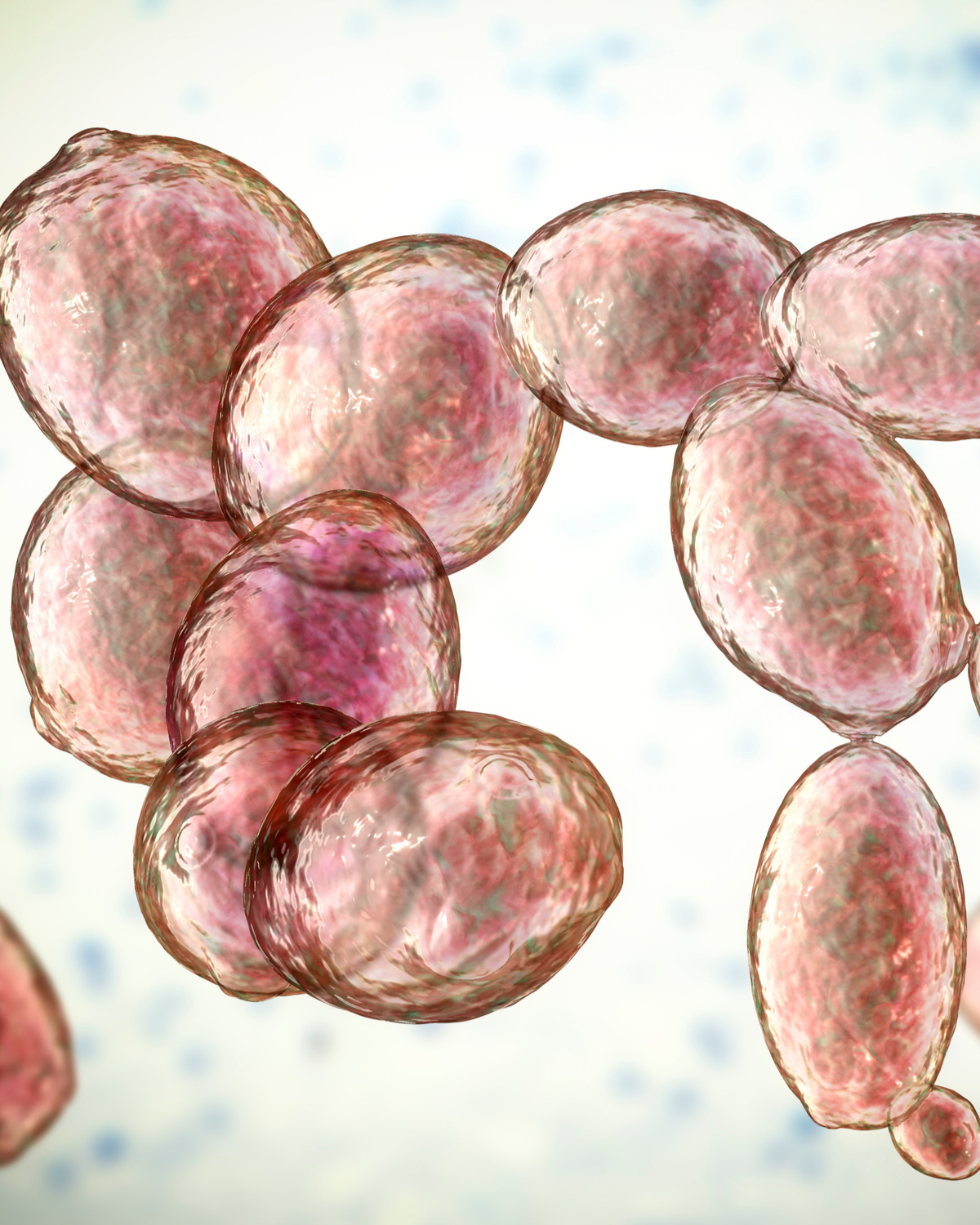
Some fungi like yeast are microscopic.
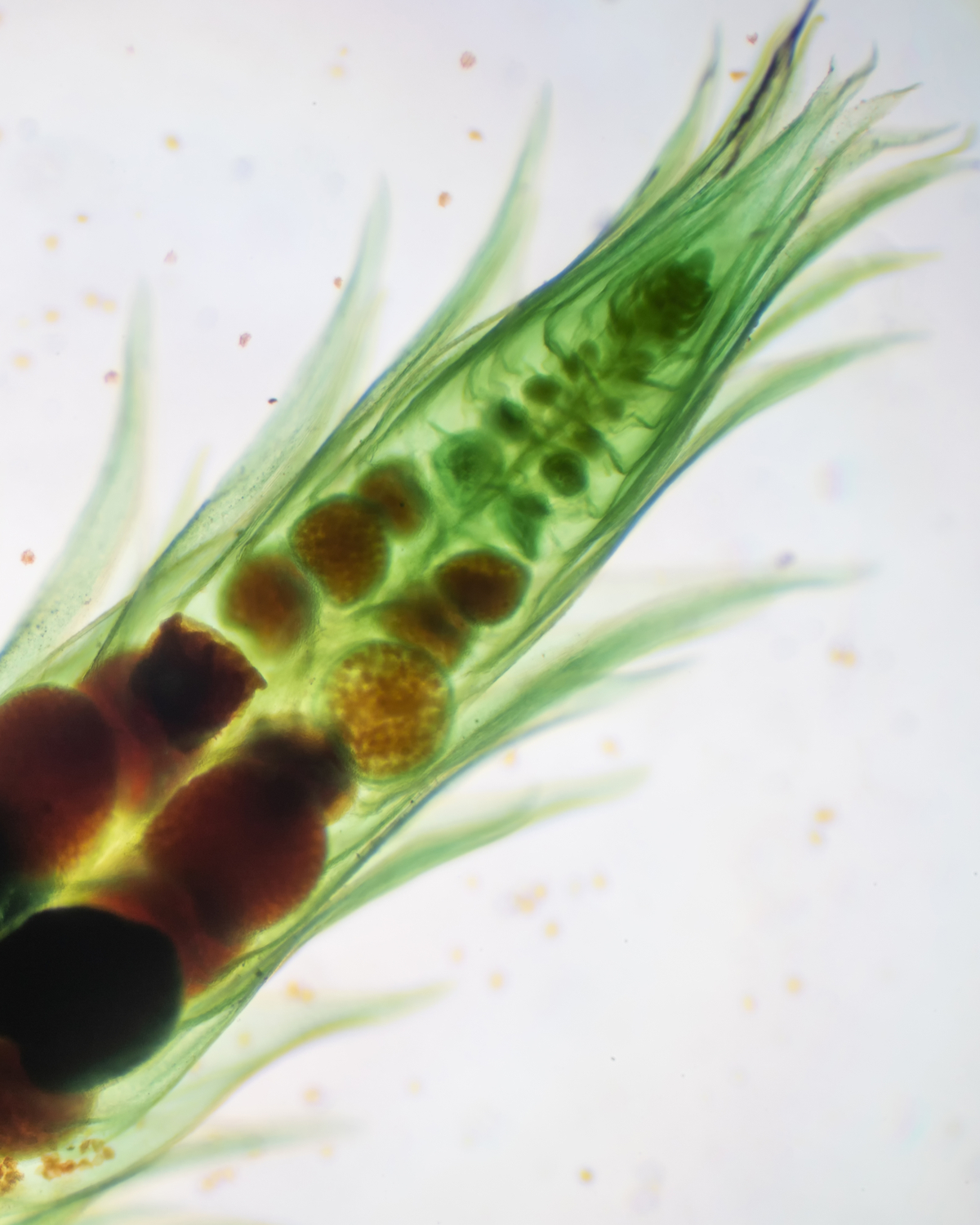
Some mosses are microscopic in part of their life cycle, but most plants are larger.
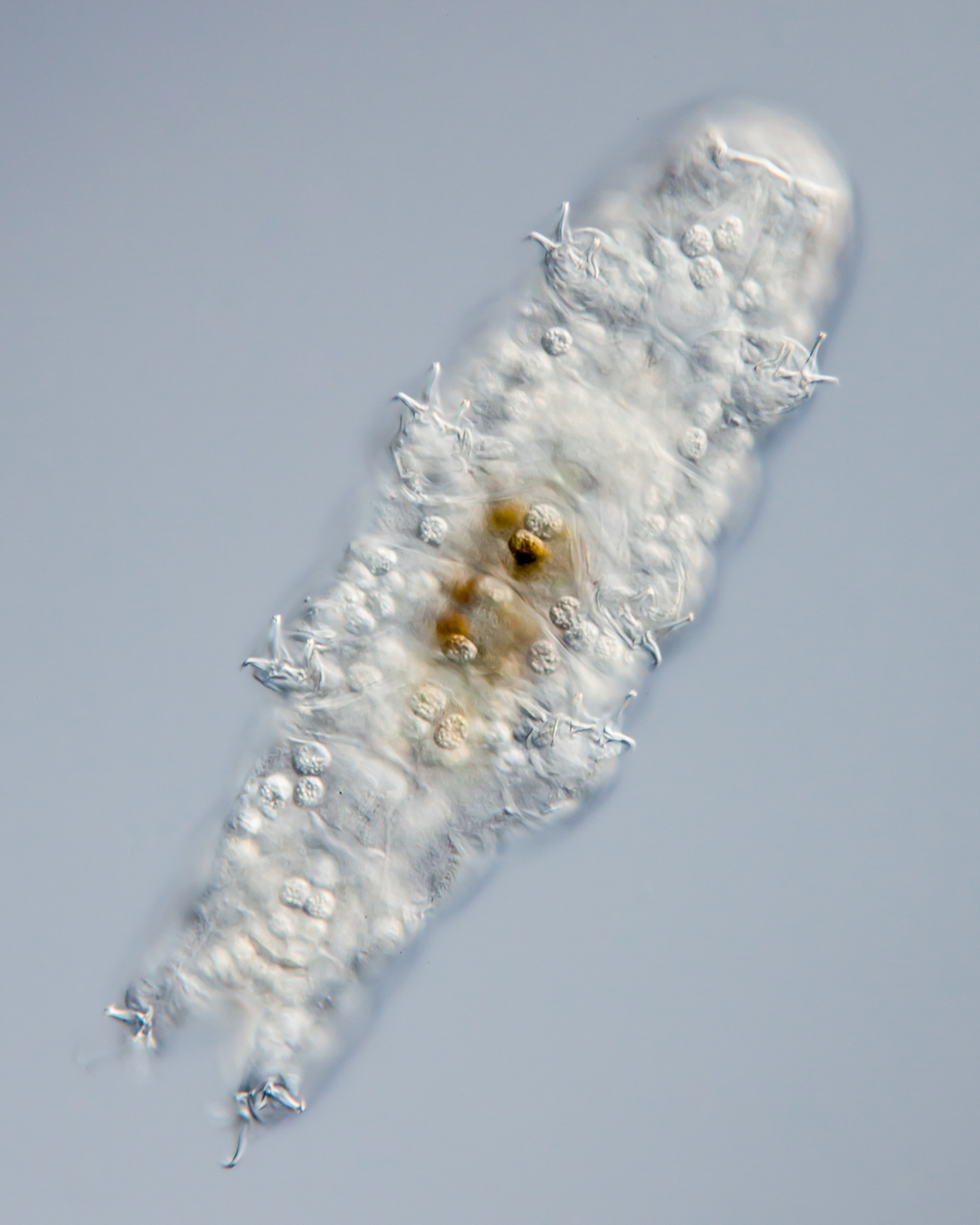
Most animal species are "macroscopic" but this tardigrade is microscopic.
Fill this in and then check your answers below:
Lichen communities are made up of a large fungi that would be classified in Domain ___ and Kingdom Fungi. Inside the fungus are algae that are classified in Domain Eukaryota and Kingdom ___ and/or cyanobacteria classified in Domain ___.
Lichen Communities
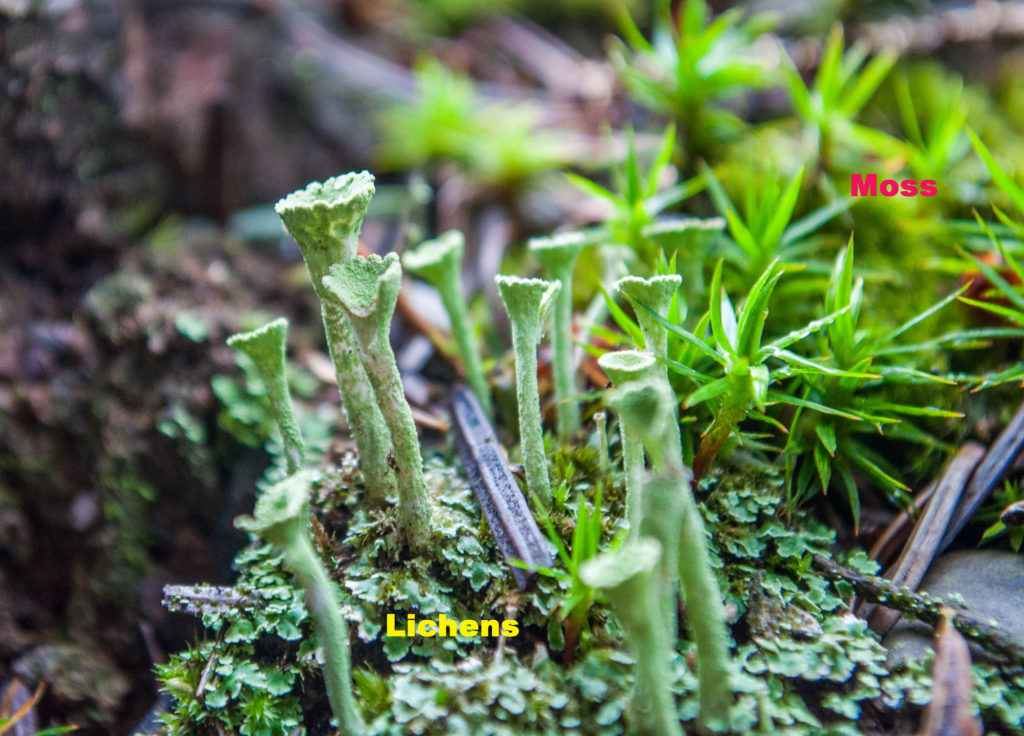
Lichens are often confused with moss, probably because both can be found in similar locations like tree branches.
Moss are plants (Domain Eukaryota, Kingdom Plantae). Lichens are a community of different species: a fungus (Domain Eukaryota, Kingdom Fungi) with one or more microscopic species living inside of them.
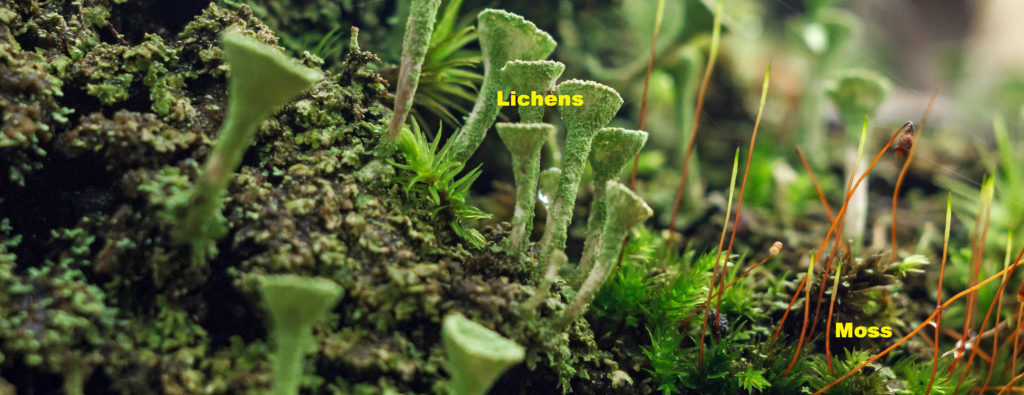
Lichens are a symbiotic community.
A community refers to different species interacting together. Symbiosis indicates this is a close association, in fact smaller algae and cyanobacteria live inside the larger fungus.

The fungus in a lichen is the mycosymbiont (myco- means fungus) and it provides protection, a moist environment, and access to some nutrients.
The algae and/or cyanobacteria inside the fungus are the photosymbionts. They carry out photosynthesis and make some of the product available to the fungus.
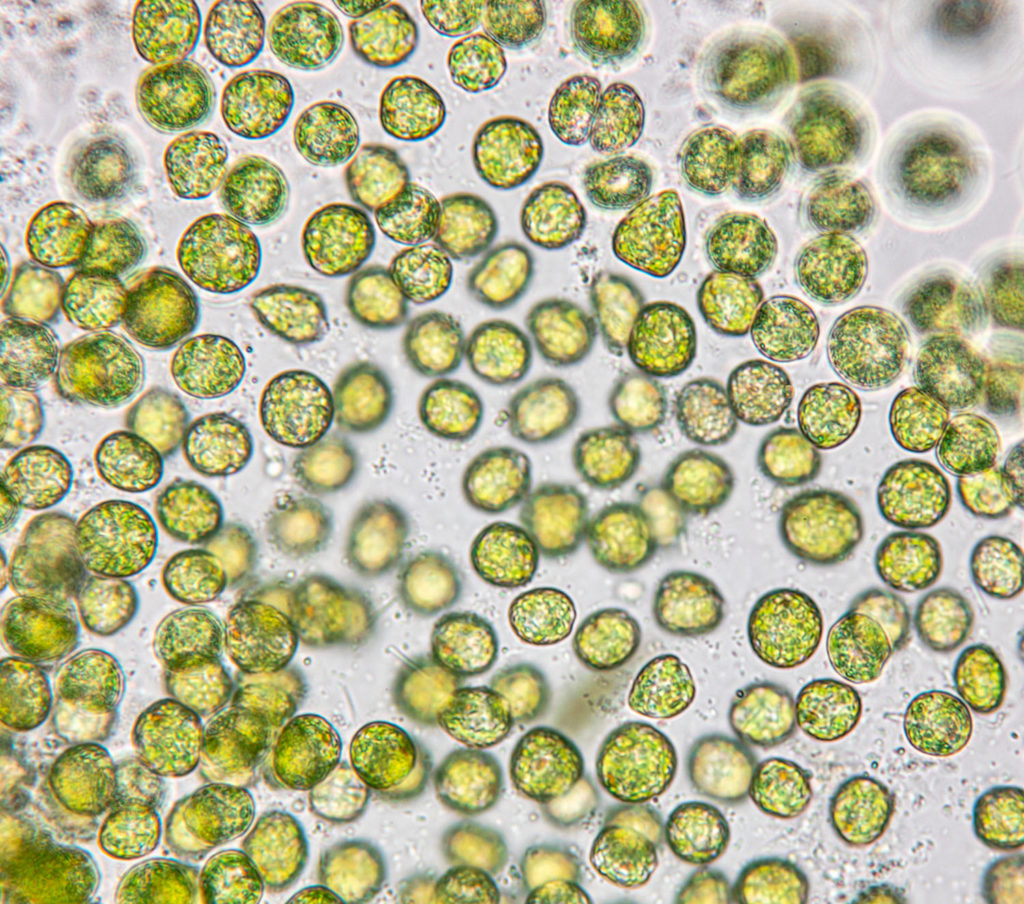
Algae
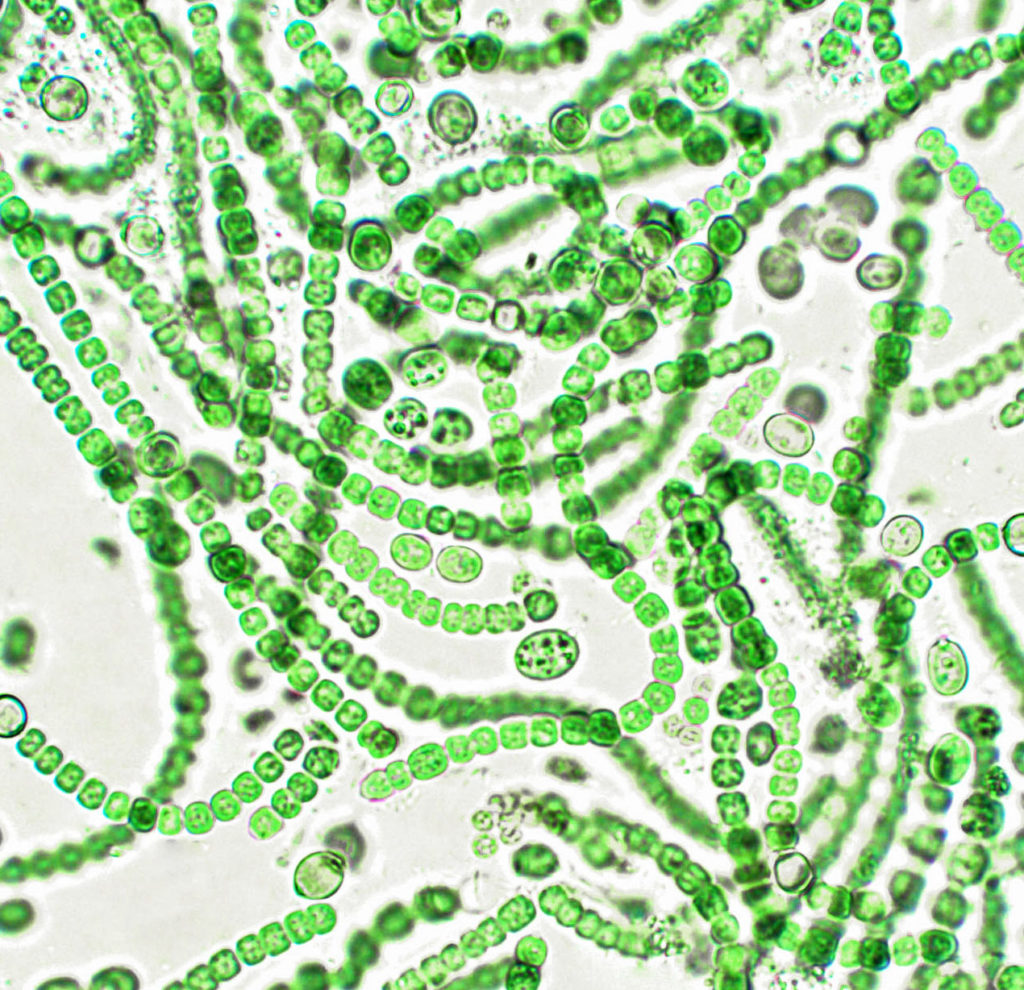
Cyanobacteria
Three Common Lichen Growth Forms
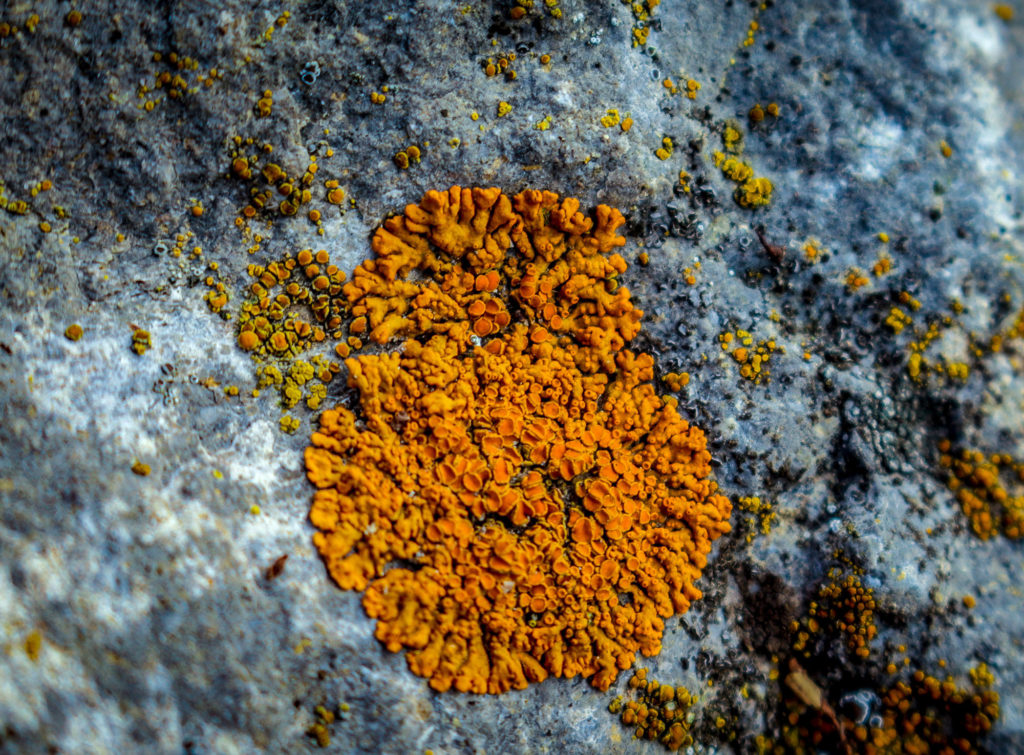
Crustose
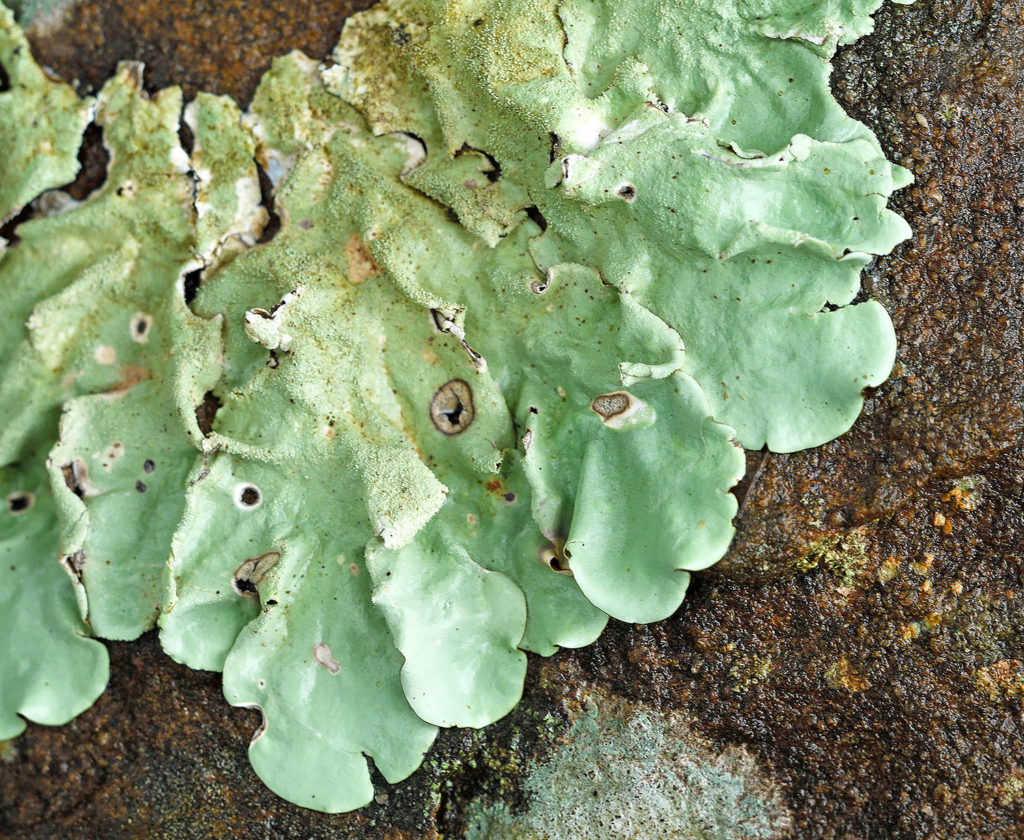
Foliose

Fruticose
This epiphytic “witch’s hair” lichen is an extreme example of the fruticose form.
We are out in the backyard collecting lichens for examination: first on location, and then under the microscope.
Preparing the collected lichen specimens for microscope examination.
The beautiful hidden interior of the lichen is revealed.
Lobaria lichens are bioindicators, meaning that their absence indicates a problem with the habitat. They are particularly sensitive to air pollutants that are common in cities and industrialized areas.
We are thrilled that lobaria is growing into our oak trees. Although we have ash from wildland fires each year and a lot of smoke from wood-burning stoves in the valley, we do not have significant amounts of the pollutants or acid rain that damage these lichens.
This is the end of Guide 3B. Proceed to the products page to review this guide.

Check your knowledge. Can you:
- revisit Domains and Kingdoms, and relate them to microscopic organisms?
- describe the roles of the mycosymbiont and photosymbionts in lichens?
- identify three different growth forms of lichens?



